Al-Muqaddasi, an Arab geographer, described Nablus as “Little Damascus,” which refers to the architectural remains in Nablus. Nablus itself was actually modelled on the capital city of Damascus, and many of the Levantine aspects of that city have passed the test of time. These remains include ancient mosques, public drinking fountains, the alleyways and passages of the Old City, and traditional balconies. When visiting Nablus, be sure to explore the old town and experience an echo of the past.
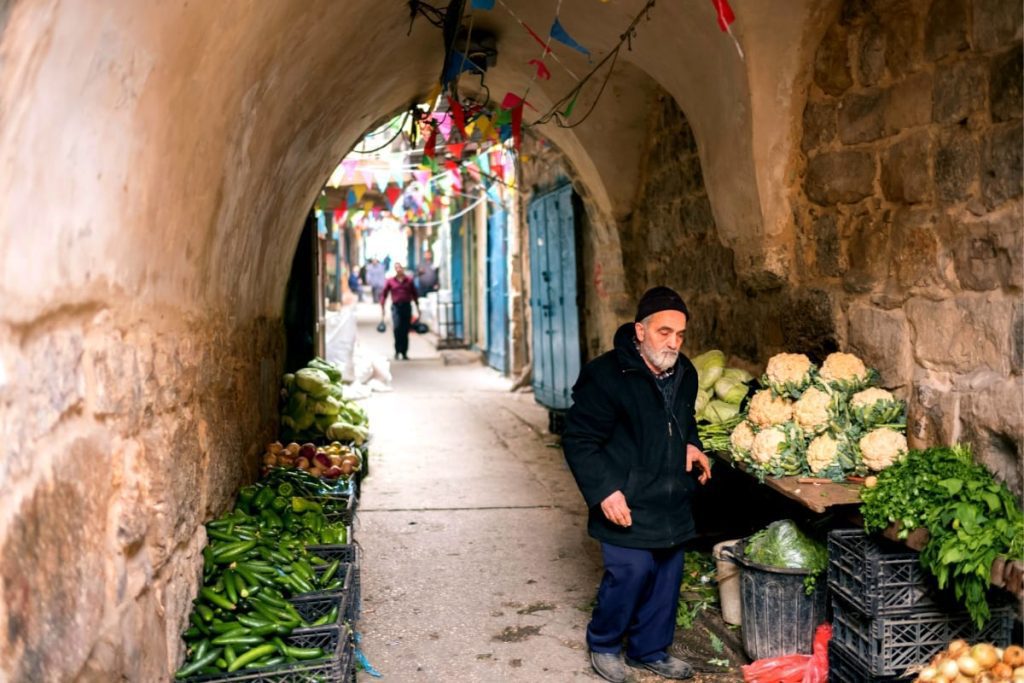
Shechem (Nablus in English) was a Canaanite city mentioned in the Amarna letters. In addition, it is mentioned in the Hebrew Bible as the first capital of the Kingdom of Israel. According to Joshua 21:20–21, it was located in the tribal, territorial allotment of the tribe of Ephraim.
Although traditionally associated with Nablus, it is now identified with the nearby site of Tell Balata. Moreover, Shechem was a very ancient commercial center due to its position in the middle of vital regional trade routes.
A very old “Way of the Patriarchs” trade route runs in the north-south direction. Actuality, the oldest settlement in Shechem, goes back to about six thousand years ago, during the Chalcolithic period (4000-3500 BCE). At that time, agriculture was already practiced. In the photo below, we can see the famous Amarna letter EA 252. It’s a letter sent from Labayu (ruler of Shechem) to the Egyptian Pharaoh Amenhotep III or his son Akhenaten. The letter is dated to the 14th century BCE. Found at the famous site of Tell el-Amarna, in Egypt. Today the letter is kept in the British Museum.
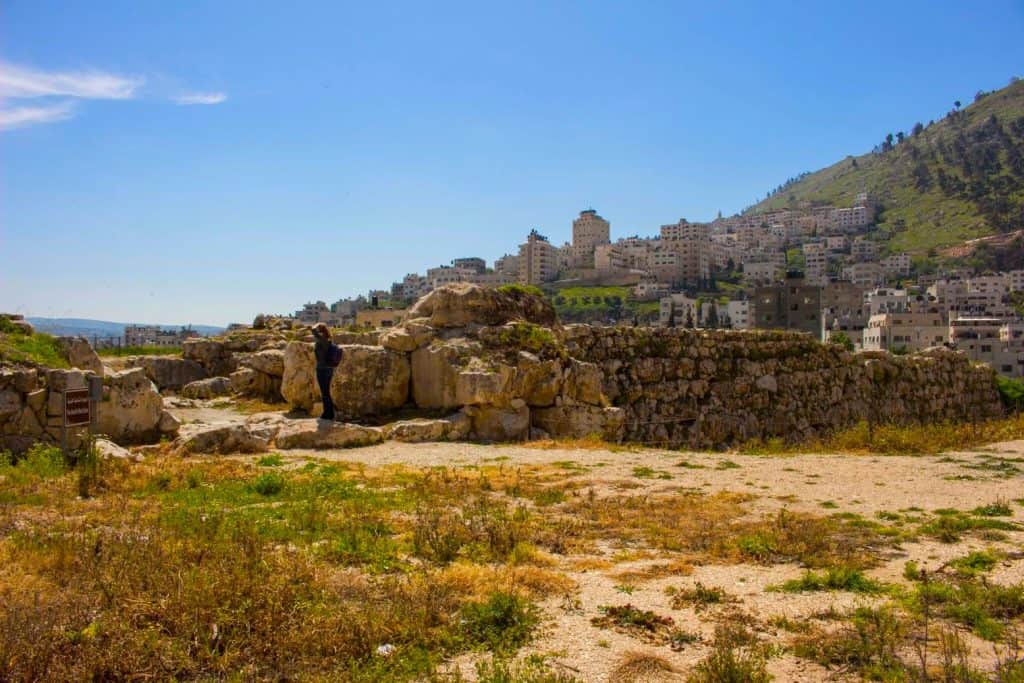
Credit: TrickyH, CC BY-SA 4.0, via Wikimedia Commons
Shechem in the Bronze Age
So the first substantial building activity at Shechem dates from the Middle Bronze Age IIA (c. 1900 BCE). It became a very substantial Canaanite settlement. It was attacked by Egypt, as mentioned in the Sebek-khu Stele, an Egyptian stele of a noble at the court of Senusret III (c. 1880–1840 BCE).
In the Amarna Letters of about 1350 BCE, Shechem was the center of a kingdom carved out by Labayu, a Canaanite warlord who recruited mercenaries from among the Habiru. Labaya was the author of three Amarna letters, and his name appears in 11 of the other 382 letters, referred to 28 times, with the primary topic of the letter being Labaya himself and his relationship with the rebelling, countryside Habiru.
So in the photo below, we can see the Sebek-khu Stele, dated to the reign of Senusret III (reign 1878–1839 BCE), records the earliest known Egyptian military campaign in the Levant. The text reads, “Then Sekmem fell, together with the wretched Retenu,” where Sekmem (s-k-m-m) is thought to be Shechem and the Retunu or Retjenu, a people of the Levant.
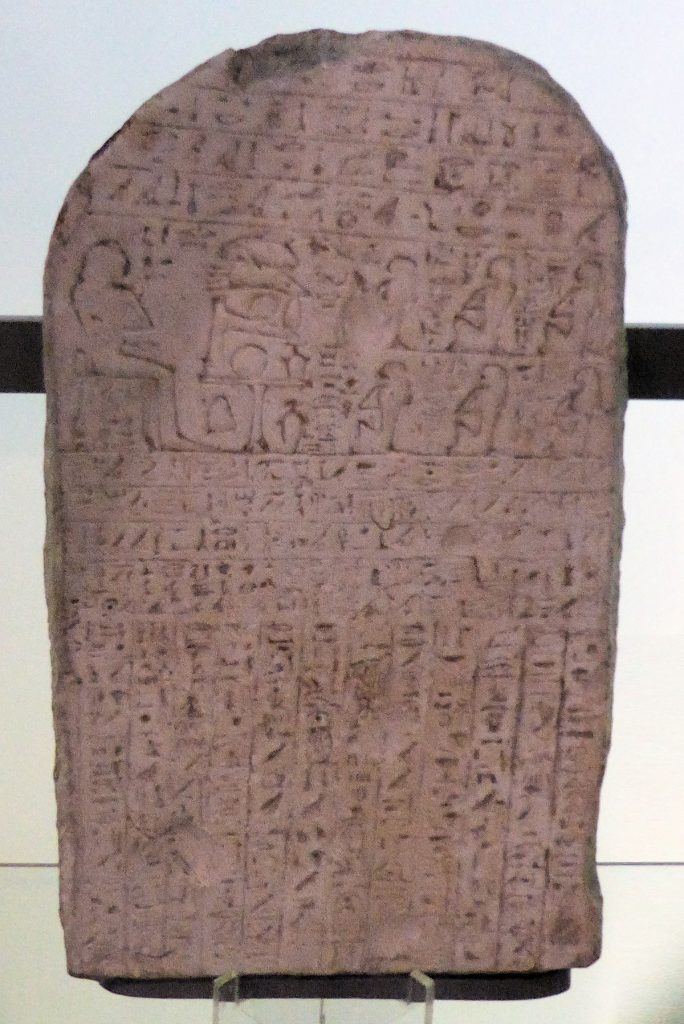
Nablus in the Classical Period
In Classical times, Shechem was the main settlement of the Samaritans, whose religious center stood on Mount Gerizim, just outside the town. In 6 CE, Shechem was annexed to the Roman Province of Syria. Of the Samaritans of Sichem rose in arms on Mt. Gerizim at the time of the First Jewish–Roman War.
The city was very likely destroyed during that war. In 72 CE, a new city, Flavia Neapolis, was built by Vespasian 2 kilometers west of the old one. This city’s name was eventually corrupted to the modern Nablus. Josephus, writing in about 90 CE (Jewish Antiquities 4.8.44), placed the city between Mount Gerizim and Mount Ebal. Elsewhere he refers to it as Neapolis. In Emperor Hadrian’s reign, the temple on Mt. Gerizim was restored and dedicated to Jupiter.
Like Shechem, Neapolis had a very early Christian community, including the early saint Justin Martyr; we hear even of bishops of Neapolis. On several occasions, the Christians suffered greatly from the Samaritans. In 474, the emperor, to avenge what Christians considered an unjust attack by the Samaritans, deprived the latter of Mt. Gerizim and gave it to the Christians, who built on it a church dedicated to the Blessed Virgin.
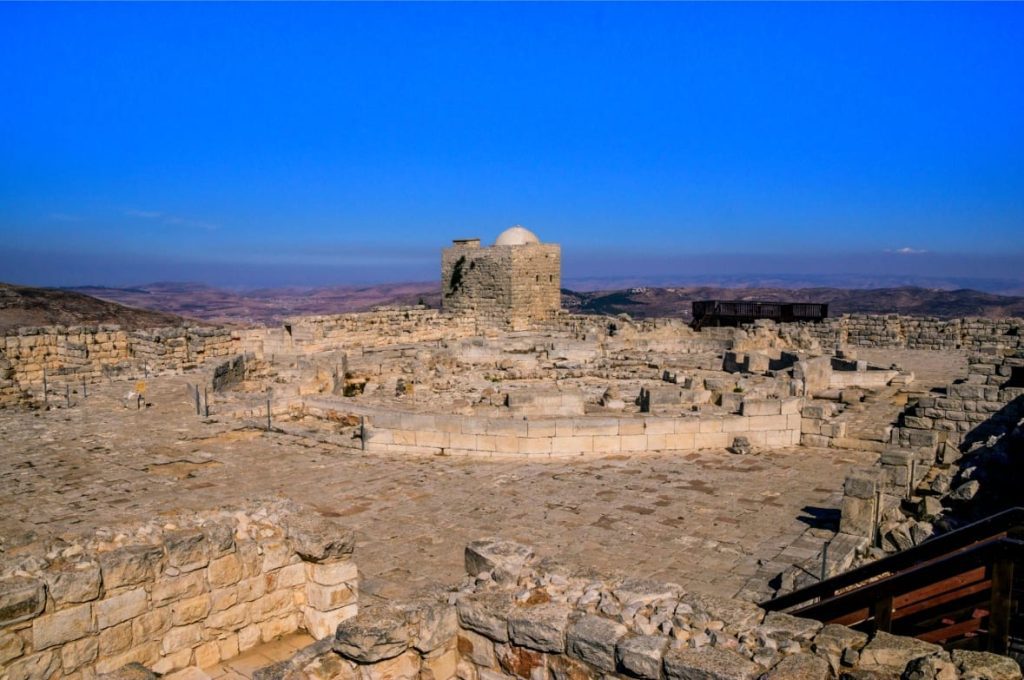
Nablus in the Hebrew Bible
Shechem first appears in the Hebrew Bible in Genesis 12:6–8, which says that Abraham reached the “great tree of Moreh” at Shechem and offered sacrifice nearby. Genesis, Deuteronomy, Joshua and Judges hallow Shechem over all other cities of the land of Israel.
According to Genesis (12:6–7) Abram “built an altar to the Lord who had appeared to him… and had given that land to his descendants” at Shechem. The Bible states that on this occasion, God confirmed the covenant he had first made with Abraham in Harran, regarding the possession of the land of Canaan.
On a later sojourn, two sons of Jacob, Simeon (Hebrew Bible) and Levi, avenged their sister Dinah’s rape by “Shechem the son of Hamor the Hivite, the prince of the land” of Shechem. Shimon and Levi said to the Shechemites that, if “every male among you is circumcised, then we will give our daughters to you and take your daughters to ourselves.” Once the Shechemites agree to the mass circumcision, however, Jacob’s sons repay them by killing all of the city’s male inhabitants.
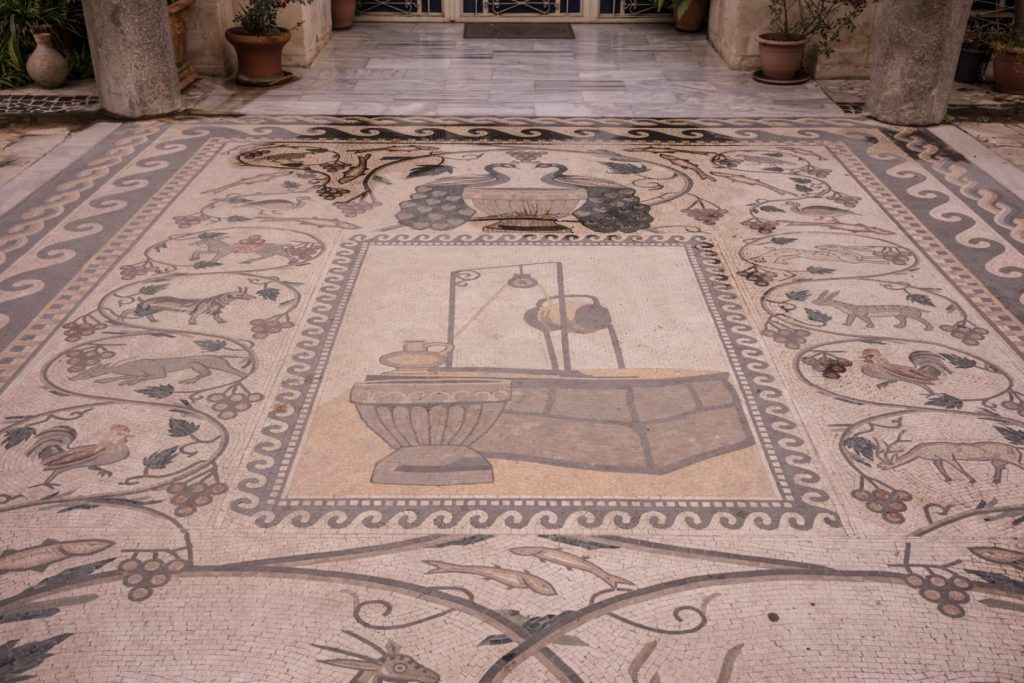
Following the settlement of the Israelites in Canaan after their Exodus from Egypt, according to the biblical narrative, Joshua assembled the Israelites at Shechem and asked them to choose between serving the GOD of Abraham who had delivered them from Egypt, or the false gods which their ancestors had served on the other side of the Euphrates River, or the gods of the Amorites in whose land they now lived.
The people chose to serve the GOD of the Bible, a decision which Joshua recorded in the Book of the Law of God, and he then erected a memorial stone “under the oak that was by the sanctuary of the Lord” in Shechem. The oak is associated with the Oak of Moreh where Abram had set up camp during his travels in this area.
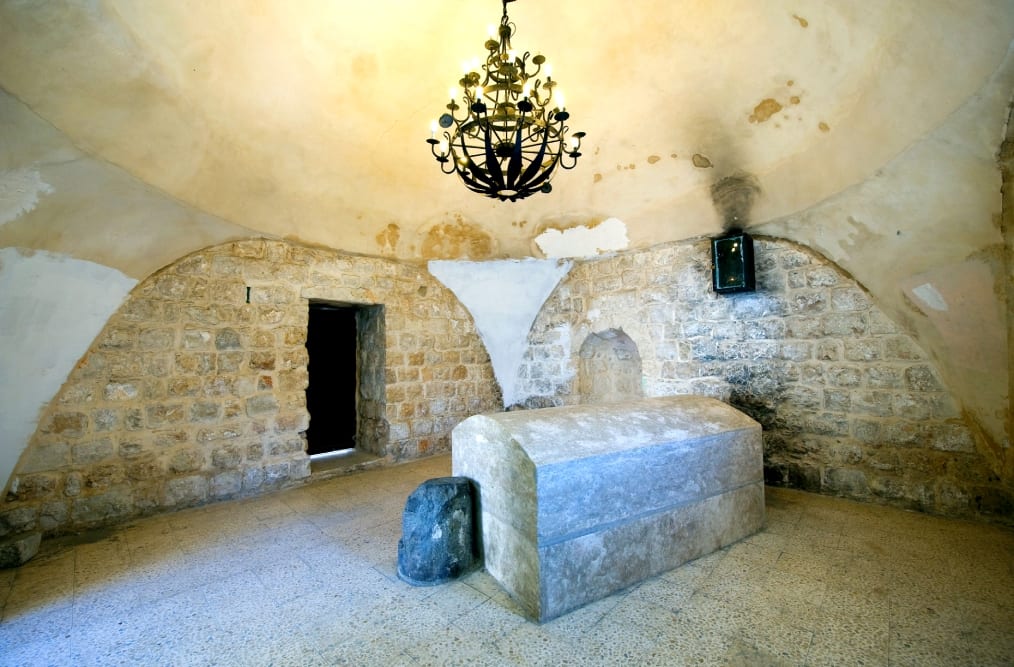
Owing to its central position, no less than to the presence in the neighborhood of places hallowed by the memory of Abraham (Genesis 12:6, 7; 34:5), Jacob’s Well (Genesis 33:18–19; 34:2, etc.), and Joseph’s tomb (Joshua 24:32), the city was destined to play an important part in the history of Israel. Jerubbaal (Gideon), whose home was at Ophrah, visited Shechem, and his concubine who lived there was mother of his son Abimelech (Judges 8:31). She came from one of the leading Shechemite families who were influential with the “Lords of Shechem” (Judges 9:1–3).
After Gideon’s death, Abimelech was made king (Judges 9:1–45). Jotham, the youngest son of Gideon, made an allegorical speech on Mount Gerizim in which he warned the people of Shechem about Abimelech’s future tyranny (Judges 9:7–20). When the city rose in rebellion three years later, Abimelech took it, utterly destroyed it, and burnt the temple of Baal-berith where the people had fled for safety.
The city was rebuilt in the 10th century BCE and was probably the capital of Ephraim (1 Kings 4). Shechem was the place appointed, after Solomon’s death, for the meeting of the people of Israel and the investiture of his son Rehoboam as king; the meeting ended in the secession of the ten northern tribes, and Shechem, fortified by Jeroboam, became the capital of the new kingdom (1 Kings 12:1; 14:17; 2 Chronicles 10:1).
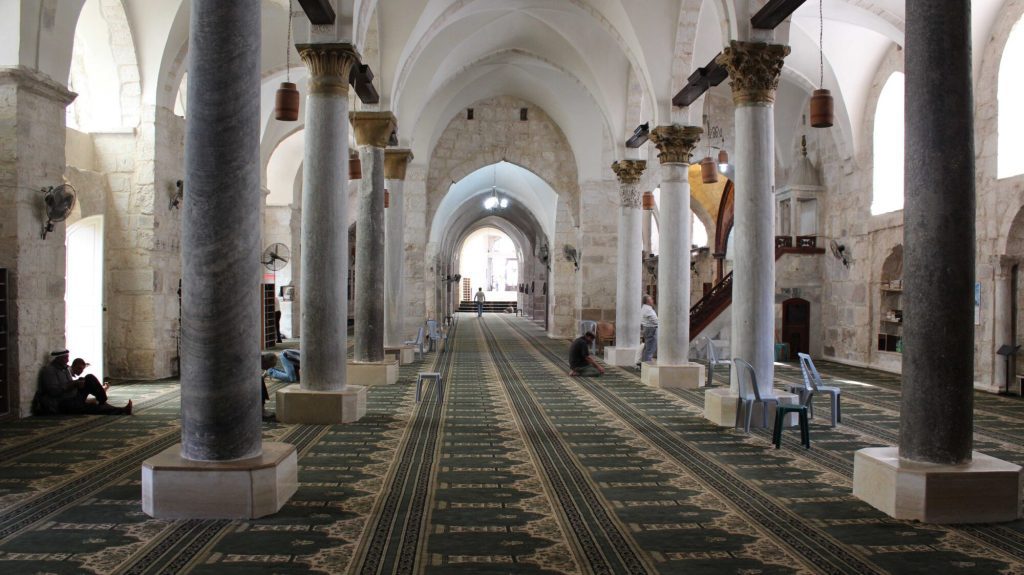
After the kings of Israel moved, first to Tirzah (1 Kings 14:17) and later on to Samaria, Shechem lost its importance, and we do not hear of it until after the fall of Jerusalem (587 BC; Jeremiah 12:5).
The events connected with the restoration were to bring it again into prominence. When, on his second visit to Jerusalem, Nehemias expelled the grandson of the high priest Eliashib (probably the Manasse of Josephus, Antiquities, XI, vii, viii) and with him the many Jews, priests and laymen, who sided with the rebel, these betook themselves to Shechem; a schismatic temple was then erected on Mount Garizim and thus Shechem became the “holy city” of the Samaritans.
The latter, who were left unmolested while the orthodox Jews were chafing under the heavy hand of Antiochus IV (Antiquities, XII, v, 5, see also Antinomianism in the Books of the Maccabees) and welcomed with open arms every renegade who came to them from Jerusalem (Antiq., XI, viii, 7), fell about 128 BC before John Hyrcanus, and their temple was destroyed (Antiquities, XIII, ix, 1).
Shechem in the New Testament
Shechem is mentioned in The Book of Acts (Acts 7:16).
It is unknown whether the Samaritan city of Sychar in the Gospel of John (John 4:5) refers to Shechem or another nearby village: “So he came to a Samaritan city called Sychar, near the plot of ground that Jacob had given to his son Joseph.”
John 4:15 mentions one of the women of Sychar going to Jacob’s Well. Some scholars believe the location of Sychar is at the foot of Mount Ebal. Still, other scholars disagree because the proposed location is 1 km from Jacob’s Well, which they think is not close enough for the women of Sychar to have fetched their water there. Based on John 4:15, these scholars have argued that Shechem is the Samaritan city of Sychar described in the Gospel of John.
Shechem is also the location of Jacob’s Well, where John 4:5–6 describes Jesus’ meeting with the woman of Samaria. Some of its inhabitants were of the number of the “Samaritans” who believed in Jesus when he tarried two days in the neighborhood (John 4). The city must have been visited by the Apostles on their way from Samaria to Jerusalem (Acts 8:25).
Things to Do in Shechem
So you can start your day exploring “little Damascus” by visiting the Great Mosque of Nablus. Then walking around the old town would be an excellent continuation. Another stop could be checking out one of the Turkish baths (Hammams), some dated to the 17th century, like Hammam esh-Shifa. You can venture up Mt. Gerizim and get to know the Samaritan community there. They have quite a fascinating history to tell. They see themselves as the true religion of ancient Israel and consider Mt Gerizim as a holy site, not Jerusalem.
The Best Knafeh in Palestine: Al Aqsa Knafeh
This tiny eatery next door to the Al Kebir Mosque in old town Nablus (Casbah) is unanimously considered to produce the finest knafeh in Palestine. Every day the warm, elastic cheese and syrup-soaked wheat shreds (it works, trust us) are divvied up from huge circular trays and dispensed to a hungry crowd of loyal clients. The locals like to eat outside while standing in the neighboring street, so don’t be shy and “do as the Romans…”
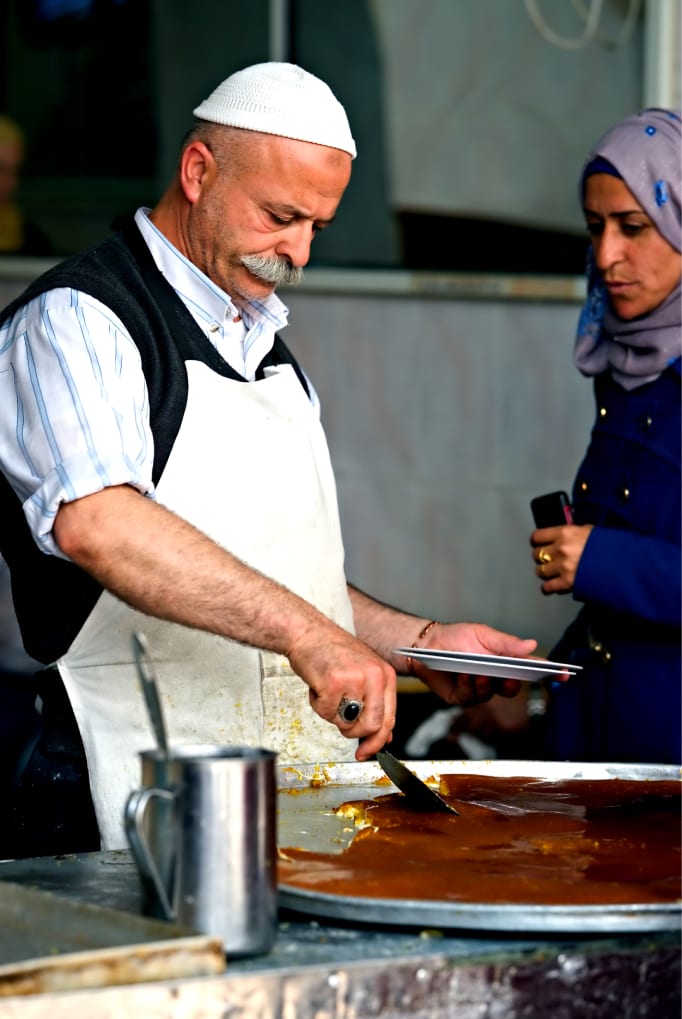
The Church of Jacob’s Well
In the Church, you can find the famous Jacob’s Well, a deep well constructed from rock that has been associated in religious tradition with Jacob for roughly two millennia. It is situated a short distance from the archaeological site of Tell Balata, which is thought to be the site of biblical Shechem. Jacob’s Well is mentioned by name once in the New Testament in a passage (John 4:5–6), which says that Jesus “came to a city of Samaria called Sychar, near the field which Jacob gave to his son Joseph. Jacob’s well was there.” John’s Gospel describes a conversation between Jesus and a Samaritan woman, which took place while Jesus was resting at the well after a tiring journey.







